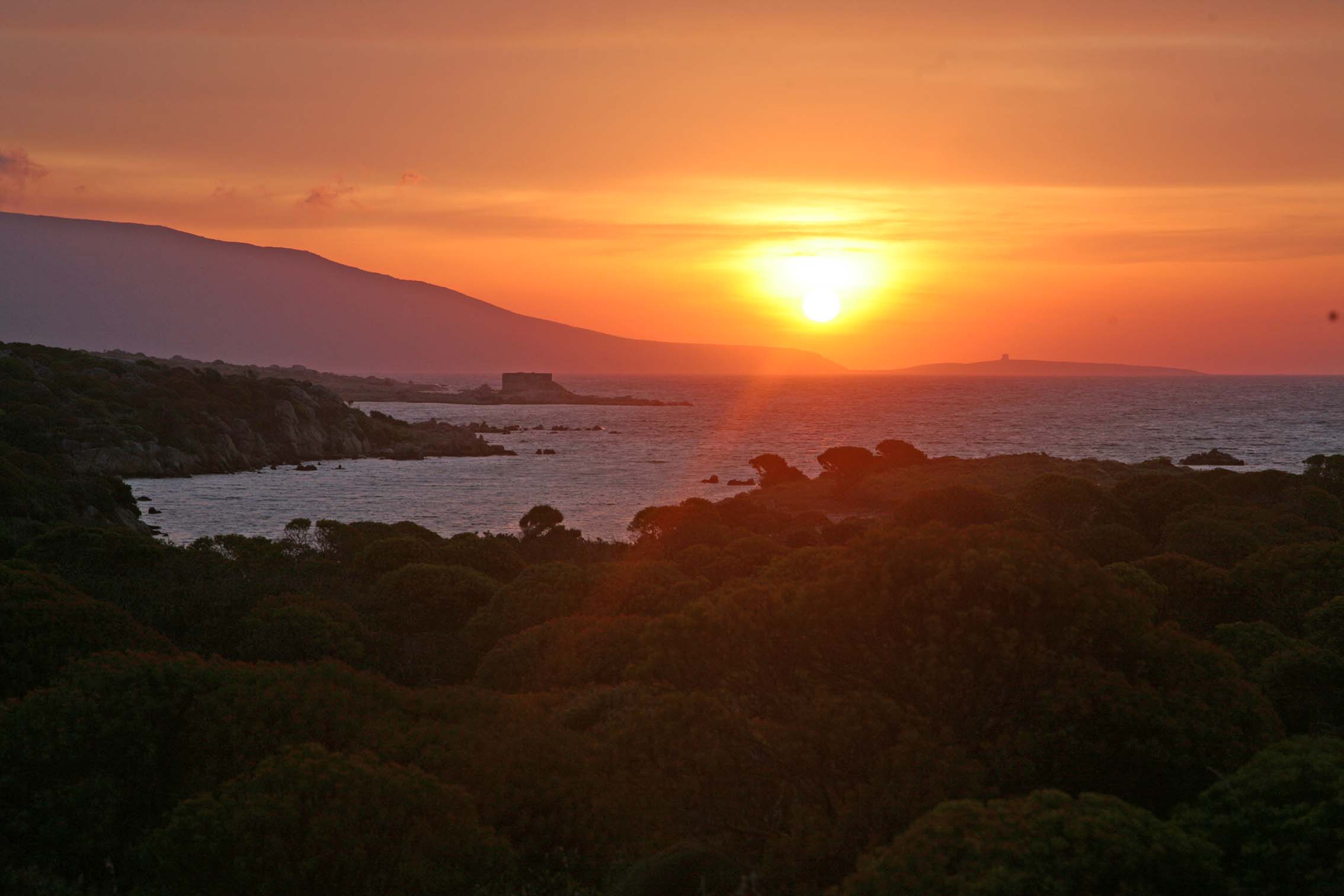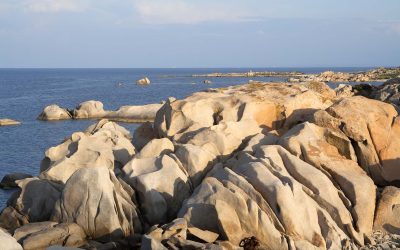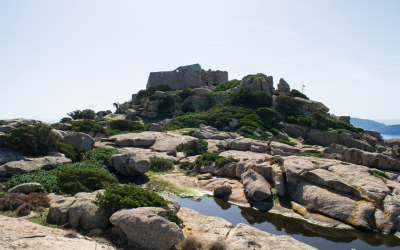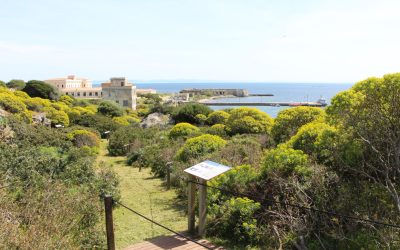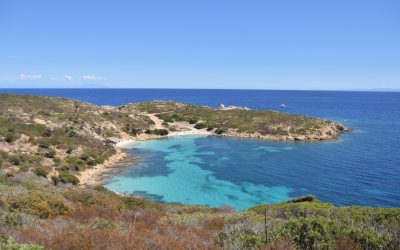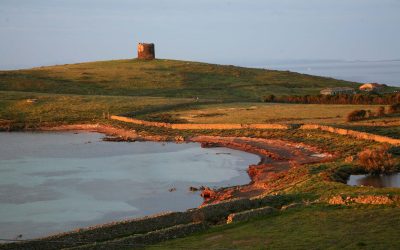Asinara Park
Park trails
The Asinara Island has a narrow, elongated shape traversed by a concrete road about 25 km long from Fornelli in the southern part to Cala d’Oliva further north, which is well integrated into the landscape and along which it is possible to encounter the island’s main environments. It is also possible to observe the most characteristic species and the main anthropized cores: Fornelli, Tumbarino, La Reale, and Cala d’Oliva.
Connected to this main road are the Park’s thematic trails, most of which are built on existing dirt roads and mule tracks or on paths used in the past for mainly pastoral activities.
For a careful and sufficiently complete observation, it is recommended to divide the visit to the island into at least three days, one dedicated to the Fornelli area, one to the La Reale area, and one to the Cala d’Oliva area.
The recommended seasons are spring and fall. Given the very strong sunshine and high temperatures that characterize the island’s climate, reduced water availability and lack of shade, hiking and biking are strongly discouraged in the summer months.






